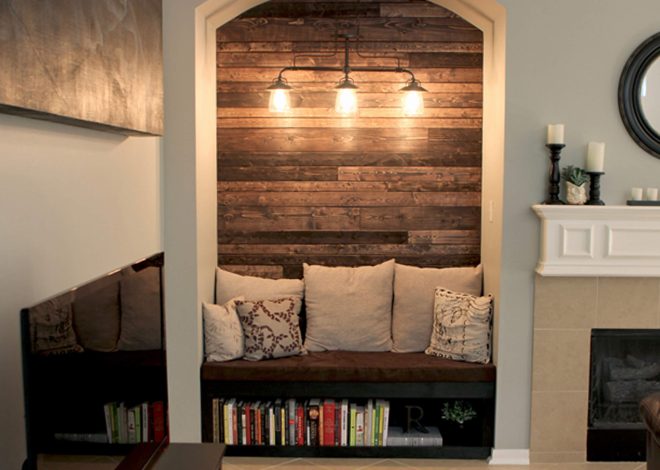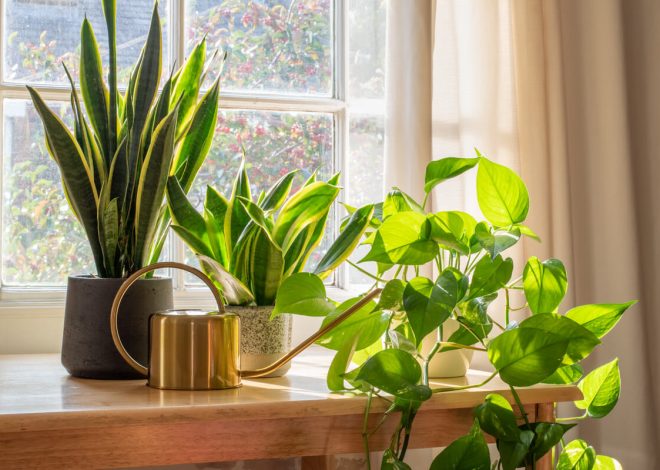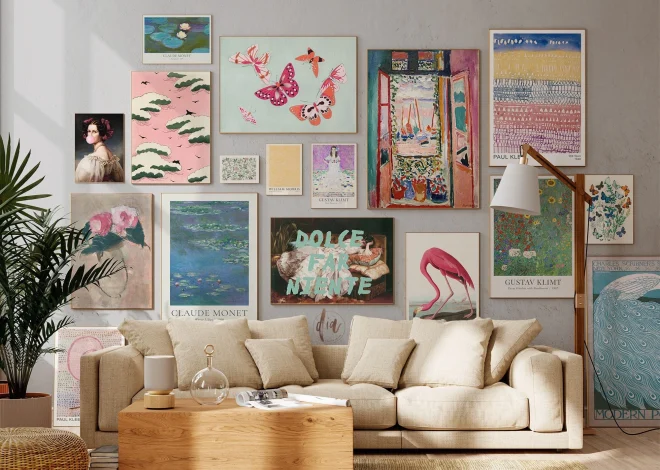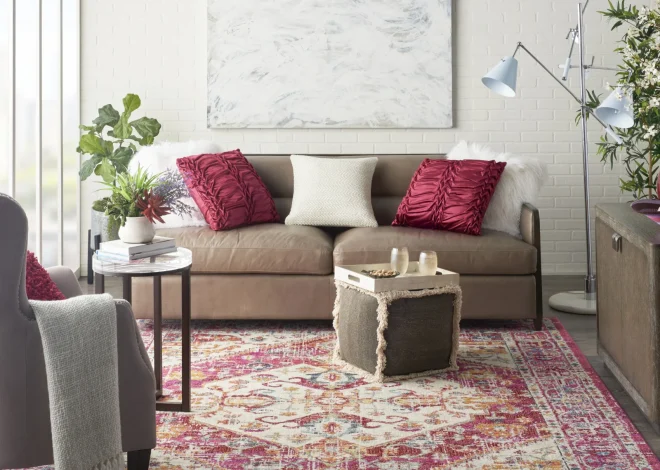Tips for Selecting the Ideal Mirror for Your Home
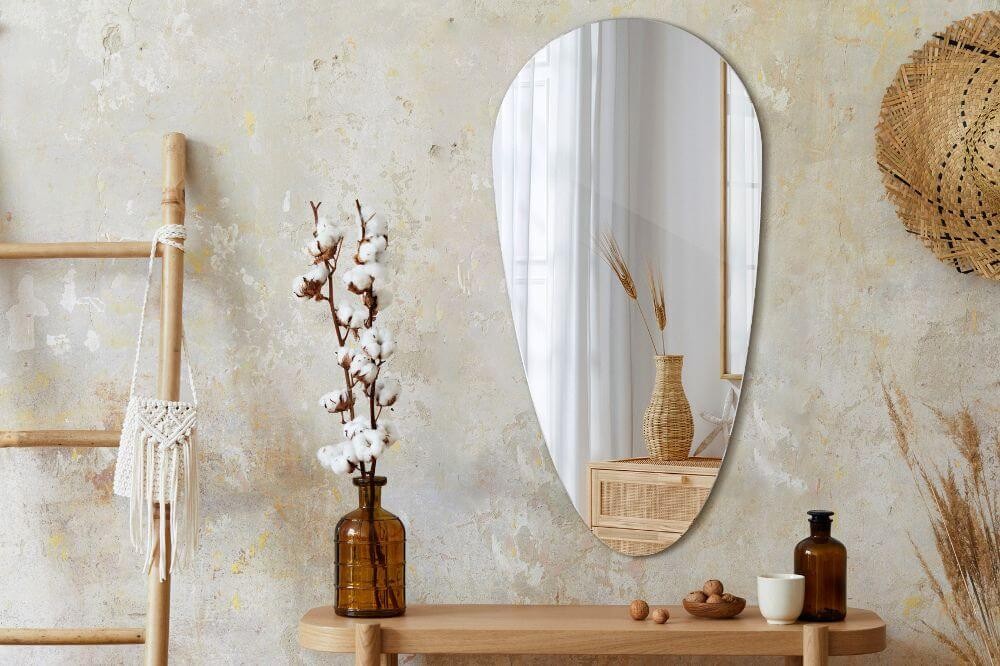
Looking to enhance your living space with a stunning mirror? You’ve found the right guide! Mirrors are not just for checking your appearance – they have the power to transform a room. By creating the illusion of space, boosting natural light, and acting as striking decorative elements, mirrors can be a game-changer. Let’s explore how to select the perfect mirror for your interior with expert advice!
Why Mirrors Are Essential in Interior Design
Mirrors have a remarkable ability to change the feel of a room effortlessly. They can make a small room appear larger, reflect natural light to brighten dark areas, and add a touch of sophistication to any decor. Beyond aesthetics, mirrors have a psychological impact by creating a sense of openness and improving mood. Whether it’s a large mirror above the fireplace or an eclectic array of smaller mirrors, each mirror serves a unique role in your home.
Types of Mirrors and Their Best Uses
- Wall mirrors: Perfect for creating a focal point in areas like living rooms and hallways, available in many sizes and shapes.
- Floor mirrors: Ideal for bedrooms and dressing areas, these large mirrors provide both style and functionality.
- Decorative mirrors: These mirrors are more about design than reflection, offering artistic charm to any room.
- Functional mirrors: Often found in bathrooms and closets, these mirrors focus on practicality but can be stylish as well.
Evaluating Your Space and Needs
Before choosing a mirror, take time to assess your space and how you want the mirror to function. Consider the room’s size, the natural light, and the current decor. Ask yourself, ‘What role do I want this mirror to play?’ Whether it’s to make the room feel larger, to add brightness, or simply to serve as a beautiful artwork, understanding your needs is key.
Space Considerations
- Room Size and Light: A large mirror can serve as a bold statement in a spacious room, while multiple smaller mirrors can suit narrow hallways better.
- Style Coordination: The mirror’s frame design and shape should align with the overall style of your room. Sleek, frameless mirrors are great for minimalist spaces, while ornate frames complement traditional decor.
Functional vs. Decorative
- Functional: Choose a mirror that is mainly for use, such as in bathrooms, where size and ease of use are the priorities.
- Decorative: If style is your main concern, opt for mirrors with unique frames that bring character to your space.
Choosing the Right Shape and Size
The shape and size of a mirror can significantly impact the room’s atmosphere. It’s not just about filling space – it’s about making a statement and complementing the room’s design.
Mirror Shapes
- Round mirrors: Ideal for softening the hard edges of a room, these mirrors bring a sense of calm.
- Rectangular and square mirrors: These traditional shapes are great for making a room feel taller or wider depending on their orientation.
- Irregular-shaped mirrors: Whether heart-shaped or sunburst, these playful designs add a unique touch to any space.
Choosing the Right Size
- Proportions: Ensure the mirror is in proportion to the surrounding space. A large mirror can make a room appear more spacious, while a small mirror on a vast wall may seem out of place.
- Function: Full-length mirrors are crucial in dressing areas, while smaller mirrors work as accents in hallways.
Frame Materials and Their Impact
Mirrors come in various frame materials, each offering a distinct style. Choose wisely to match your room’s aesthetics.
- Wood frames: These add a warm, natural touch, perfect for rustic or traditional interiors.
- Metal frames: Sleek and modern, metal frames are ideal for contemporary and industrial spaces.
- Frameless mirrors: For a minimalist or clean look, frameless mirrors provide an unobstructed view.
Mirror Placement Tips
Where you hang your mirror is just as important as the mirror itself. A well-placed mirror can amplify light, create a sense of depth, and enhance the room’s feel.
Strategic Placement
- Maximize Light: Position mirrors opposite windows to reflect natural light, making the room feel brighter.
- Expand Small Spaces: A large mirror on one wall can create the illusion of a more spacious room.
Creative Placement Ideas
- Gallery Wall: Combine mirrors with artwork to create a dynamic and reflective display.
- Large Mirrors: Lean a large mirror against a wall for an elegant, relaxed vibe.
- Mirrored Furniture: Incorporate mirrored furniture to amplify light and add a touch of glamour.
Frequently Asked Questions
Can a mirror be larger than a sink?
Yes, mirrors often extend wider or taller than the sinks in bathrooms, providing better reflection and visual appeal.
Is it okay to put a mirror in the living room?
Mirrors are an excellent addition to living rooms, making spaces feel larger, brighter, and more stylish. They can serve both practical and decorative functions.
Do mirrors reflect bad energy?
While some cultures believe that mirrors can reflect negative energy, this is often more about placement. Avoid placing mirrors opposite doors or in bedrooms to prevent disrupting positive energy.
The Enchantment of Mirrors in Interior Design
Mirrors are not just functional items; they are transformative pieces that brighten, enlarge, and refine your living spaces. By carefully selecting the right mirror and placing it thoughtfully, you can enhance your home’s ambiance and reflect your unique style.








